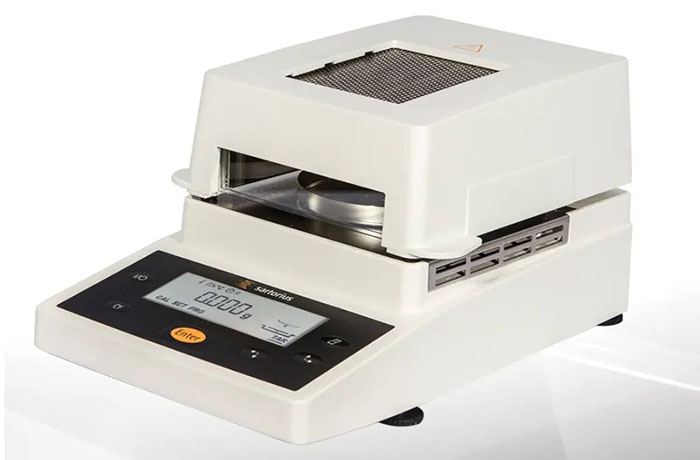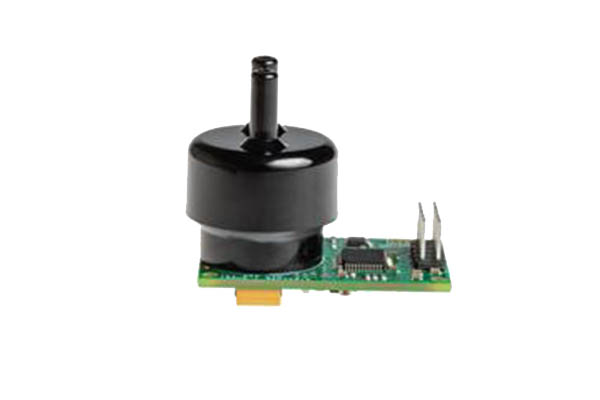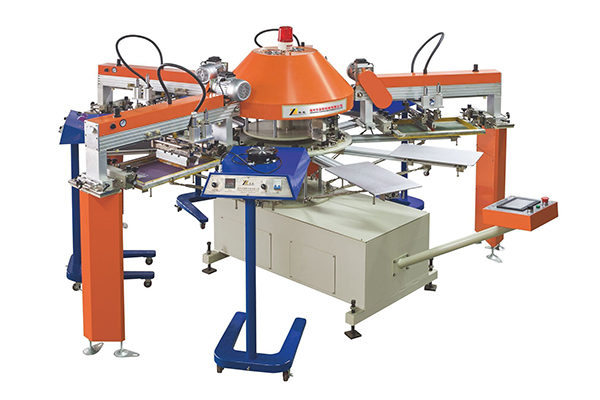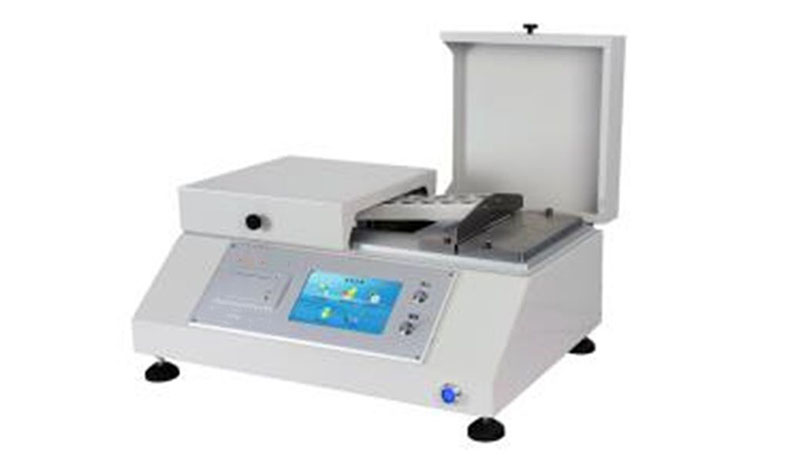Tea quality is influenced by water content. If the water level is too high, chemical changes in tea will be quite powerful, such as chlorophyll denaturation and breakdown, color browning, tea polyphenols, amino acids, etc. Aromatic compounds such as dimethyl sulfide and phenethyl alcohol are significantly reduced, while volatile components that are undesirable to the aroma are greatly enhanced, resulting in a reduction in tea quality.
Why test tea moisture?
Tea is one of the dry agricultural products. Due to direct exposure of ingredients to air, food science theory argues that dry food is prone to oxidation by oxygen in the air. When water molecules mix with food ingredients by hydrogen bonds and form a monolayer, a protective coating is produced on the food’s surface, protecting it and slowing oxidation. When the water concentration in tea is about 3%, the components and water molecules are practically in a single-layer molecular interaction, preventing lipid oxidation and deterioration. When the moisture content is too high, things shift. It’s a solvent, not a protector. Solvents distribute solutes, aggravating reactions.
When the moisture content of the tea leaves exceeds 6% or the relative humidity of the outside atmosphere is above 60%, chemical changes in the tea leaves will be very intense, such as denaturation and decomposition of chlorophyll, browning and darkening of the color, tea polyphenols, amino acids, etc. Flavor ingredients diminish swiftly; aromatic substances like dimethyl sulfide and phenethyl alcohol that make up the aroma of young tea decrease significantly, while volatile components that are unfavorable to the aroma increase greatly, causing the tea quality to deteriorate. If the finished tea’s moisture level is above 6%, it must be dried before being kept.
How to detect the moisture in tea?
Traditional moisture measurement uses oven-drying. A sample test takes two to three, or even three or four hours, and the moisture value can only be achieved by weighing with a balance and laborious calculation. Oven-based moisture measurement is inefficient for fast-paced corporate production.
Most tea moisture detection methods involve ovens and quick moisture analyzers. Rapid moisture analyzers include infrared and halogen models. The halogen quick moisture analyzer’s ring-shaped heating source is better for tea.
The Tea Moisture Test/Method
The test begins with the moisture analyzer measuring the sample weight, then the sample is rapidly heated by the built-in halogen drying device and moisture evaporator. During the drying process, the instrument continually monitors the sample weight and displays the loss of moisture. End-of-drying moisture or dry matter content is displayed.
Precautions before tea moisture tester
- First, the equipment is calibrated horizontally to ensure accurate readings.
- Spread the sample uniformly on the tray to heat and dry it thoroughly.
- Since the instrument’s heating unit will get hot, don’t place combustible objects near it.
- During heating and drying, the instrument will reach 200 °C, so don’t touch it.
- When removing the sample, the heating unit and other containers will still be hot. When performing the second measurement, make sure the instrument’s temperature is below 40 °C and clean the sample pan.
- If the equipment needs a second measurement, remove the sample tray carefully to avoid burns.
Precautions for the use of tea moisture meter
The tea moisture meter is a professional tool for testing, but you must pay attention to the following for accurate results:
- To measure moisture, you have to keep the heating cylinder from moving and keep the gap away from the wind.
- The measurement samples must be piled flat in the weighing pan, with as much space on the bottom as possible to promote water evaporation.
- When measuring moisture, do not touch the heating cylinder, knock or vibrate the work surface.
- The tea moisture meter’s weighing mechanism is a precision gadget, so try to use a bracket while taking and placing the weighing pan each time.
- After measuring, remove the weighing pan to avoid burning your hands. The bracket shouldn’t touch the scale’s stand and pan.
- The weighing pan must be chilled before adding the next sample.
- Each measurement requires zeroing the instrument’s weight display.
- After weighing, cool and clean the weighing pan.
- 5 minutes must pass between each measurement.
Tea moisture meter instructions
1. Unpack the moisture analyzer’s main unit. Weights, brackets, sample trays, windproof trays, cords, etc.
2. Install the windproof tray, bracket, and sample tray one by one, turn on the power, push the power button, and then click the tare button to deduct the sample tray’s weight.
3. Because tea leaves are light and irregular in shape, wear gloves to crush them and place 4.925g equally on a sample tray. Set the right temperature and cover the top and lower lids. After two beeps, the instrument will stop the test right away, and you can look at the LCD screen to see how much water is in the tea leaves.
4. After the instrument has cooled to below 40, take 4.855g of tea leaves and spread them uniformly on the sample tray. Repeat the preceding test methods to produce a second set of data revealing the sample’s 5.39 percent moisture content. With a 0.15 percent error rate, the test results are reliable and repeatable.
How does tea’s moisture level affect storage?
For loose tea leaves, 3 to 5% moisture is ideal. When tea leaves’ water content exceeds 7%, degradation becomes superficial. If you dry tea leaves until they have less than 7% moisture, preferably 6%, they won’t go bad while they’re being stored.
What are the issues with 8 percent water tea?
When the water content in tea leaves is about 3%, tea leaves and water molecules are in a single-layer molecular interaction, which can effectively separate lipids from oxygen molecules in the air and prevent lipid oxidation and deterioration. When the moisture content is too high, things shift. It’s a solvent, not a protector. Solvents distribute solutes, aggravating reactions.
When the moisture content of the tea leaves exceeds 6% or the relative humidity of the outside atmosphere is above 60%, chemical changes in the tea leaves will be very intense, such as denaturation and decomposition of chlorophyll, browning and darkening of the color, tea polyphenols, amino acids, etc.
Flavor ingredients diminish swiftly; aromatic substances like dimethyl sulfide and phenethyl alcohol that make up the aroma of young tea decrease significantly, while volatile components that are unfavorable to the aroma increase greatly, causing the tea quality to deteriorate. If the finished tea’s moisture level is above 6%, it must be refired and dried before being kept.
Tea-storage temperatures
Temperature accelerates tea leaf oxidation and degradation. Low-temperature refrigeration reduces oxidation of tea’s components. 10 degrees is ideal for storing. From 0 to 5 degrees improves storage.



